Steppe Runner Lizards are friendly little creatures who make good pets even for beginning reptile enthusiasts. Their native habitats are sandy, arid regions of Romania, the Ukraine and Southwestern Russia. A full-grown Steppe Runner Lizard is 6 inches long. While new as a pet, this lizard is believed to live up to 10 years in […]
Reptiles
Welcome to the Pet Reptile page
Many people enjoy having exotic pets such as reptiles and amphibians. Lizards and snakes can have striking colors and patterns and all are interesting to watch. Ownership of a reptile is a challenging experience. Most reptiles have specific environmental needs that can be costly. It’s very important to thoroughly research the needs and care of the reptile you choose. Be sure you are up to the challenge before considering a reptile as a pet. More information to help you make this decision can be found at Do You Want a Pet Reptile?
- Is it okay/recommended to buy a ball python at 3 years old? asked 18th of July 2015 in Lizards by anonymous
- Why won't my tortoise eat, I have tried everything.. peas even crickets, but it just doesn't eat. asked 3rd of May 2015 in Tortioses by anonymous
- How come my snakes eyes are bluish? asked 19th of April 2015 in Snakes by anonymous
- How to tell if a steppe runner lizard is male or female asked 21st of March 2015 in Lizards by anonymous
- What are the round things below the ear on an iguana asked 19th of December 2014 in Lizards by anonymous
- how long do turtles live? asked 11th of December 2016 in Tortioses by anonymous
- how much salmonella do they carry? asked 4th of July 2014 in Turtles by anonymous
- how much seminila d o they carry asked 4th of July 2014 in Turtles by anonymous
View More Q&A

Reptile Health
Once you have adopted a healthy reptile, it is your responsibility to keep him healthy. All reptiles need: Enclosure of the proper size and orientation Sufficient humidity Water Suitable and safe substrate Furnishings Proper heating and thermal gradients Proper lighting Healthy food appropriate for the species Proper cleaning and disinfecting of enclosure, substrate, and furnishings […]
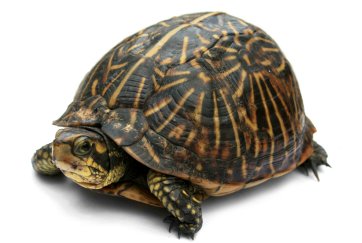
Alabama Bans Turtle Hunting
On April 8, 2012, the state of Alabama put into effect, a law banning the hunting of wild turtles and their eggs. The law does not affect farmed turtles. All turtle hunting permits have been canceled. Georgia, Florida, Oklahoma, South Carolina and Texas have already passed laws limiting turtle hunting. Alabama has 25 different species […]

Reptile Diseases
A pet reptile may vomit, appear listless, change skin color or lose its appetite. If your pet reptile shows signs of illness, visit your veterinarian immediately. These are some of the common ailments which reptiles may suffer from: Egg Binding – Egg-binding occurs when a female cannot pass the mature eggs formed in her reproductive […]

Sulcata Tortoise
What is the Sulcata Tortoise like? The Sulcata Tortoise is native to Africa but has become a popular pet in North America. Adults are 2-2 1/2 feet long and can weigh 100-200 lbs. Since they grow so large, you might consider keeping them outdoors. How do I care for and feed the Sulcata Tortoise? They […]
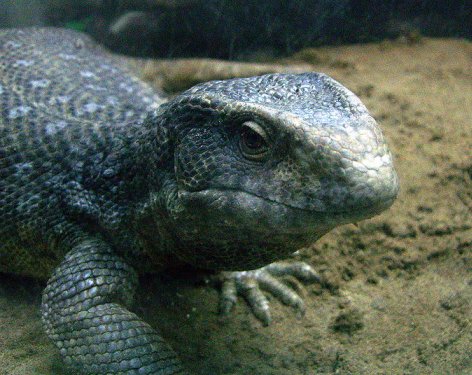
Savannah Monitor
What are some facts about the Savannah Monitor and other Monitor Lizards? Monitor Lizards are known to be the most intelligent of reptiles. Their natural habitat is Africa, parts of Southwest Asia to Australia. Savannah Monitors are about 3-4 feet long. They live 10-12 years. The Nile Monitor adult is 7 feet long.The Mangrove and […]

Report from American Tortoise Rescue
American Tortoise Rescue is a California based, non-profit organization protecting all species of tortoise and turtle. May 23, 2019 was the 10th annual World Turtle Day sponsored by the rescue group. Susan Tellen and Marshall Thompson founded ATR 20 years ago and advocate humane treatment of all animals including reptiles. Experts predict that within the […]
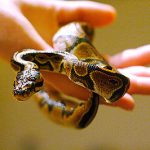
Python
What are some of the different species of Python like? The Ball Python grows to 3-5 feet long and lives up to 40 years. It is docile and easy to handle, but best to get a Ball Python bred in captivity. It will roll itself into a ball to avoid danger. A 30-40 gallon tank […]
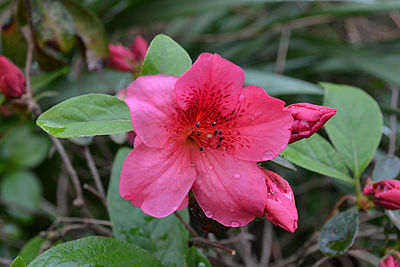
Plants Toxic to Reptiles
Here is a list of some of the more common plants toxic to reptiles. Most include all species of a particular plant. If you know of any other plants that may be toxic, please add them to the list. Amaryllis Apricot – (pits, leaves and bark) Apple – (seeds, leaves, bark) Avocado – (pit, leaves, […]
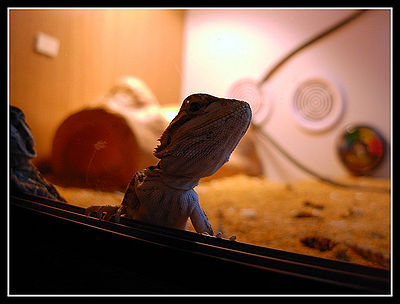
Reptile Lighting
Two of the major causes of death for pet reptiles are Metabolic Bone Illness and stress. Both can be caused by insufficient lighting in the reptile’s habitat. Diurnal species (active during the day) require a UVB bulb. Species such as tortoises and Bearded Dragons need UVB to help them create vitamin D3 which is in […]

